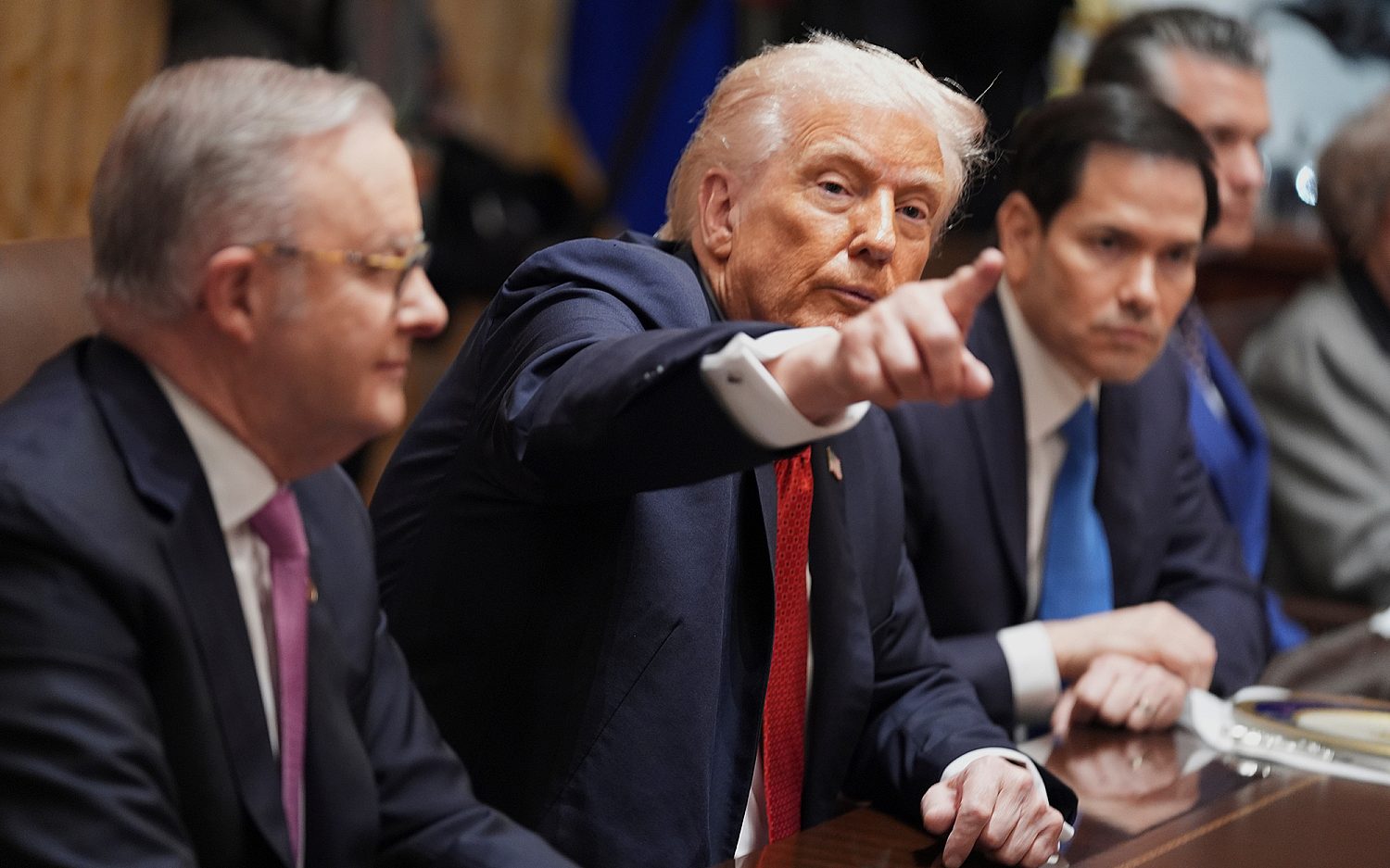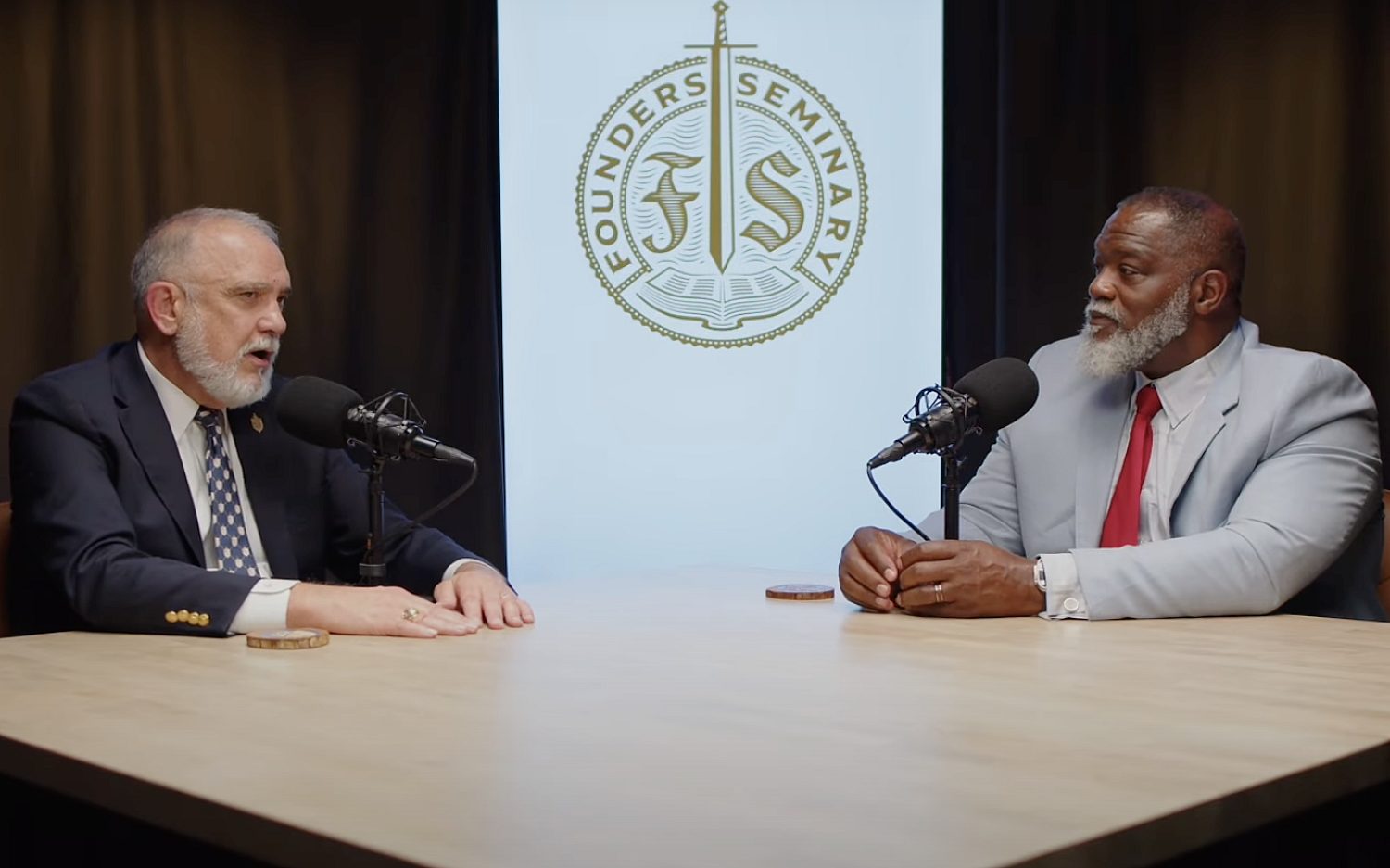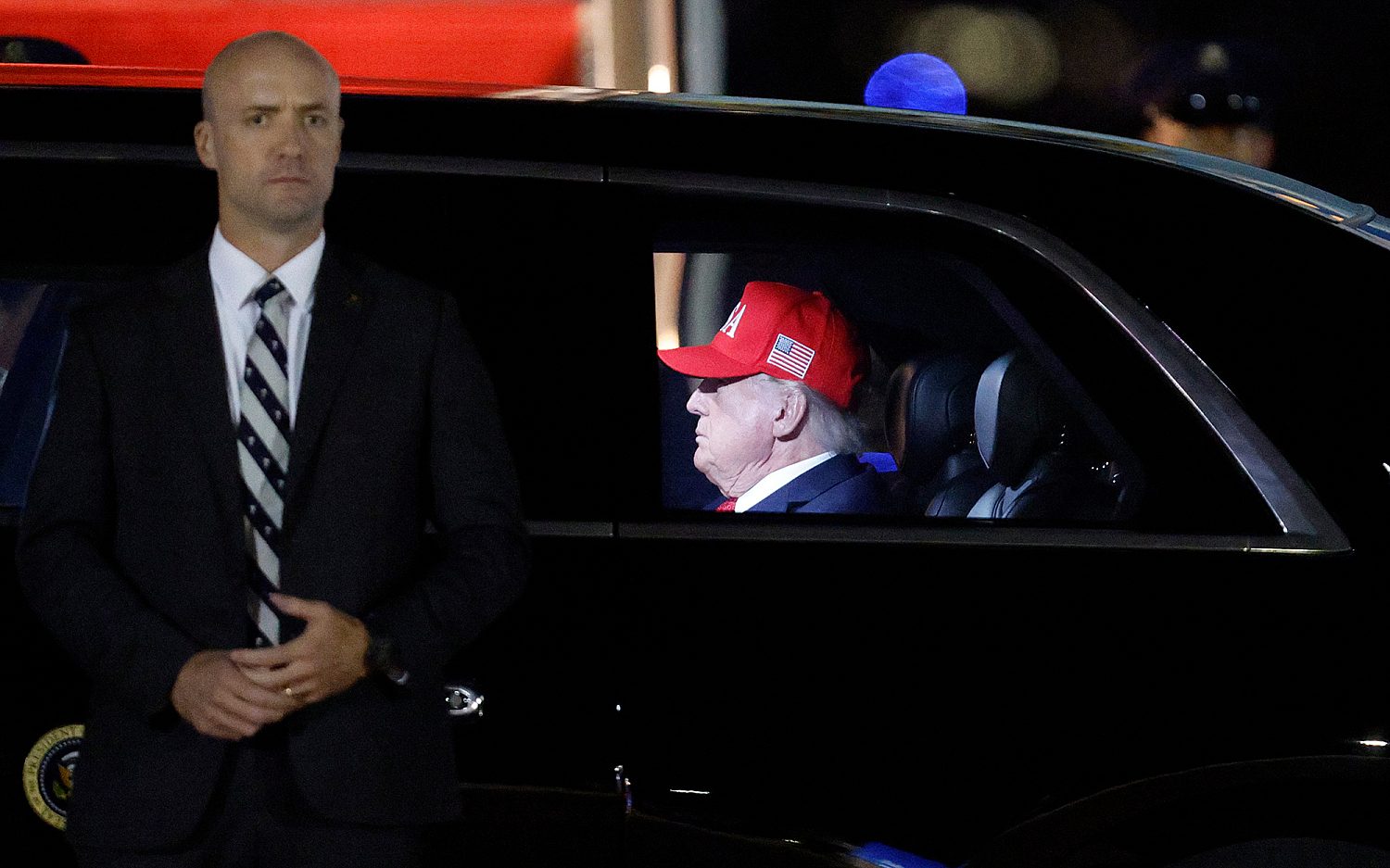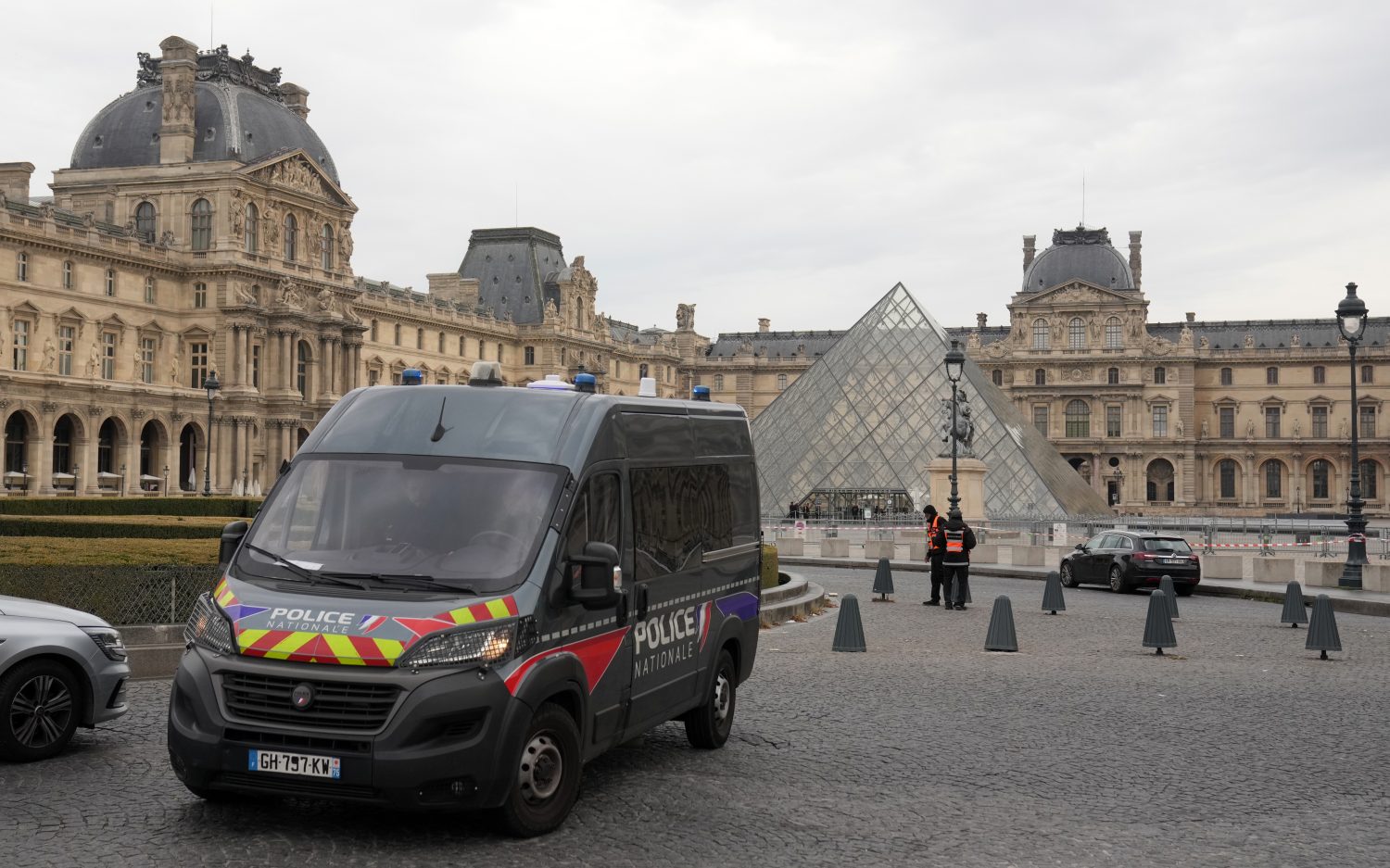Charting a course
A four-day conference in Washington, D.C., helps push public charter school initiatives
WASHINGTON-More than 1,000 activists arrived on Capitol Hill this week, wearing light blue T-shirts that said, "I support high quality public charter schools."
The National Alliance for Public Charter Schools' Advocacy Day on Wednesday marked the end of a four-day national conference in Washington that drew 3,200 attendees from across the country.
At the conference, the NAPCS released a "New Model Law" template, which the throngs of volunteers used as a guide to direct policymakers toward strengthening state laws to increase charter school growth. These lobbying initiatives come on the heels of a Stanford University report last week that said 37 percent of charter schools are failing.
Todd Ziebarth, vice president of policy for the NAPCS, said, "The time is right for a new model law that supports more and better public charter schools, based upon lessons learned from experience, research, and analysis."
The New Model Law includes recommendations for equal per-pupil facility space (to match state-by-state standards for regular schools), no caps on the growth of charter schools per state, independent charter school boards, first rights to purchase or lease closed or unused public school facilities or properties, and complete fairness regarding any facility-related requirements that schools are subject to.
"Our intent is for the model law to be useful to the 41 jurisdictions with charter laws as well as the 10 states that have yet to enact a charter law," said NAPCS President Nelson Smith.
Most of the activists split up into teams of 10 to visit Senate and House offices throughout the day. Each group talked with staff whenever they could not meet directly with a lawmaker. NAPCS Communications Manager Sarah Johnson said the talking points for the groups included voicing support for President Obama's proposed $52 million educational spending increase for charters.
U.S. Department of Education Secretary Arne Duncan, speaking to the convention gathering earlier in the week, said what he likes best about successful charter schools is how they "think differently," getting parents involved more and preparing kids for college.
Public charter schools are independent public schools that have more freedom to develop curriculum and student programs. They strive to get parents more involved and give teachers more flexibility. About 1.4 million public school students attend the more than 4,600 public charter schools in 40 states and Washington, D.C.
Charter schools are controversial in some areas because they pull taxpayer dollars away from traditional schools and often employ non-union teachers.
Charter school leaders, Duncan said, are courageous risk-takers, but he stressed the need to add more accountability and standards of measurement in every state to reform the underperforming charter schools. He also issued a call for help in rebuilding 5,000 of the worst performing public schools, asking them to "take on this challenge." Some of the failing schools, he said, are charter schools.
The Stanford Center for Research on Education Outcomes (CRETO) study compared charter schools to traditional public schools. Its report said 17 percent of charter schools reported academic gains that were significantly better than public schools, 46 percent of charter schools were the same, and 37 percent showed gains that were worse.
According to CRETO, "States with caps limiting the number of charter schools reported significantly lower academic results than states without caps limiting charter growth."
NAPCS President Smith said inadequate funding for charter schools is a contributor to the disappointing results. In most states, public charter schools get sharply lower per-pupil funding than their traditional public school peers-only about 78 cents on the dollar. In seven of the 16 states surveyed, charters do not receive facilities aid, Smith said, "meaning they must take money needed for teaching and learning, and apply it to leasing and renovations."
An actual newsletter worth subscribing to instead of just a collection of links. —Adam
Sign up to receive The Sift email newsletter each weekday morning for the latest headlines from WORLD’s breaking news team.




Please wait while we load the latest comments...
Comments
Please register, subscribe, or log in to comment on this article.